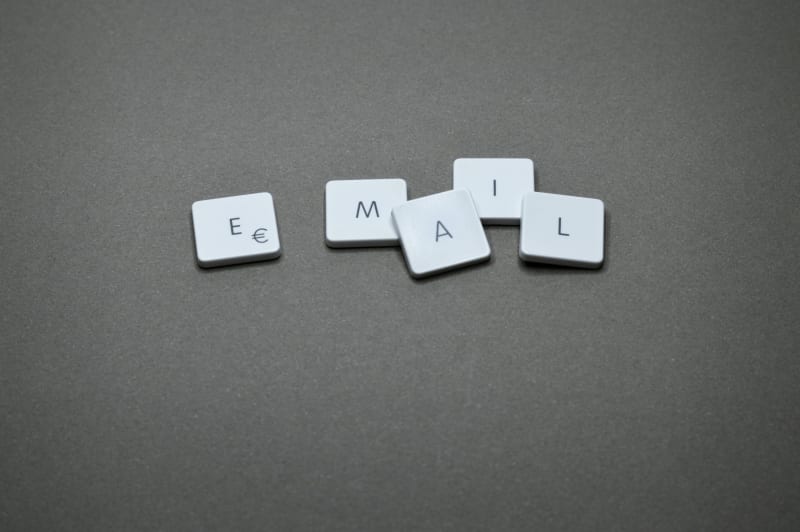
Your subscribers don’t want to feel like just another name on a long list. Sending the same email to everyone leads to disengagement and unsubscribes. People respond better when the content feels like it was written for them.
Instead of blasting a single version, adapt your message to different customer groups. Speak directly to their needs, recommend products they actually want, and show that you understand their journey. A little personalization goes a long way toward turning passive readers into active buyers.

The subject line is the first thing your audience sees, and it often determines whether your email gets opened or deleted. Treat it as the headline that sells the rest of your message. If you’re recycling the same predictable phrases or writing subject lines as an afterthought, you’re leaving money on the table.
Track open rates, experiment with tone, and test different lengths. Sometimes a small change like adding urgency or curiosity can dramatically improve performance. Give your subject lines the attention they deserve, and you’ll notice a clear lift in engagement.

Even the best email can flop if it lands in an inbox at the wrong time. Your subscribers are busy, and the timing of your send can determine whether your message is read or lost in the clutter. Review your analytics to see when your audience actually opens emails, and adjust accordingly.
For some businesses, mornings work best; for others, evenings or weekends see higher engagement. Testing different time slots helps you uncover the sweet spot when your subscribers are most receptive. Consistently hitting that window can make a measurable difference in your ROI.

Not every subscriber is at the same stage of their journey with you. Some are brand-new leads, while others are long-time customers who already know your brand. Treating them all the same is a surefire way to miss opportunities.
Segmenting your list allows you to tailor messages to different groups, increasing relevance and boosting conversions. You can divide subscribers by demographics, purchase behavior, engagement level, or even location. Each segment deserves communication that speaks directly to their context. When readers feel like you’re talking to them instead of at them, your results improve.

A single broken link, typo, or formatting issue can make your emails look unprofessional and cost you credibility. Testing should be a non-negotiable step before sending anything to your full list. Send test versions to yourself and your team, check links, and preview how the email looks across different devices. Pay special attention to mobile layouts, since many people read emails on their phones.
Running small A/B tests on copy, visuals, or calls to action also helps you fine-tune campaigns before scaling them. Taking the extra time to test ensures that what lands in inboxes reflects the quality of your brand.
Improving your ROI doesn’t require overhauling your entire strategy; it’s often about avoiding simple but costly mistakes. If you’re struggling to identify where your campaigns are falling short, working with an experienced email marketing agency can help you spot blind spots and refine your overall strategy.
When you pay closer attention to personalization, subject lines, timing, segmentation, and testing, you set yourself up for stronger engagement and more consistent results. Every small adjustment you make today has the potential to unlock big returns tomorrow.

 Avoid Sending Generic One Size Fits All Emails
Avoid Sending Generic One Size Fits All Emails Stop Ignoring Your Subject Line Performance
Stop Ignoring Your Subject Line Performance Optimize Your Send Times for Better Engagement
Optimize Your Send Times for Better Engagement Segment Your Audience to Improve Targeting
Segment Your Audience to Improve Targeting Test Your Emails Before Hitting Send
Test Your Emails Before Hitting Send